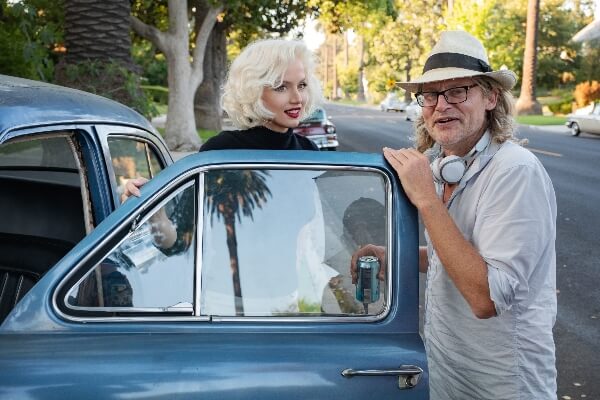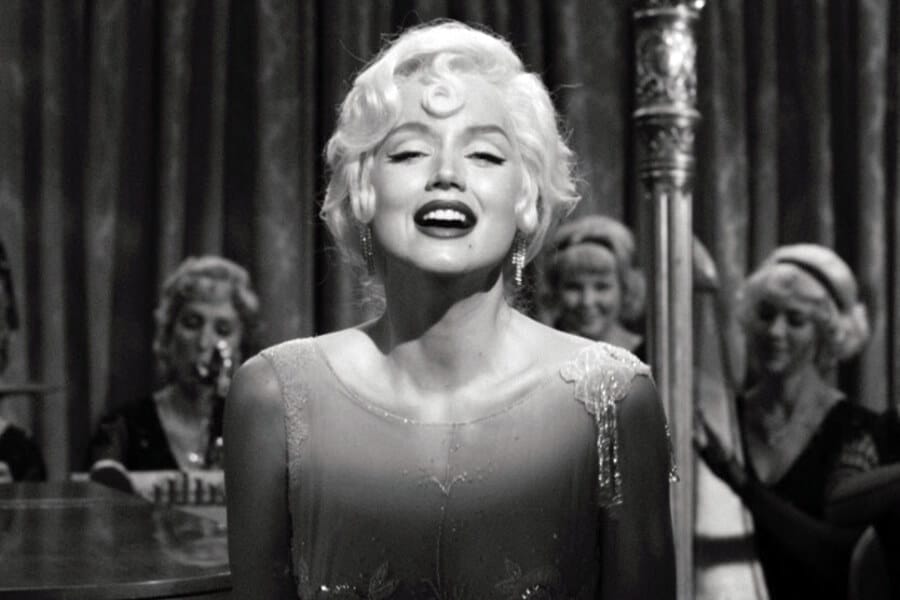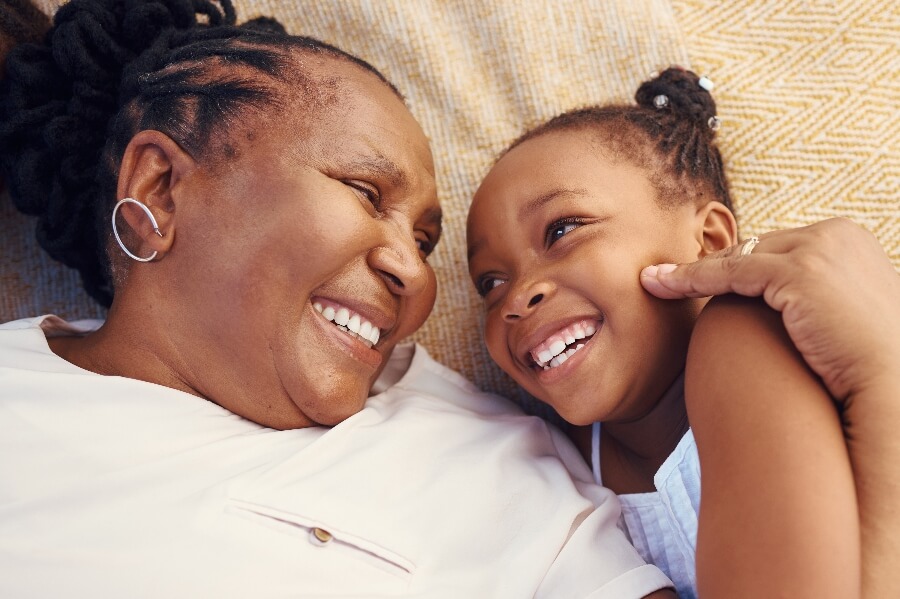It’s been called “tortureporn.” And if you like to see Marilyn Monroe splayed, bloodied, beaten, raped, vomiting, and otherwise gaslit, then Netflix’s Blonde is the film for you. It’s also full of death, trauma, forced blow jobs, and doggy-style sex.
Yet Australian director and writer Andrew Dominik has said that he sees his film, with its screenplay based on a fictional book of the same name by Joyce Carol Oates, which gives it intellectual cred, as a “feminist” statement.
Who would have thought that a film financed off the back of #MeToo might hurt the fight for abortion rights in the midterms?
Oates, now 84, writes in a dense, elliptical, sometimes surreal style. I would not call her a feminist. She said she was inspired to write Blonde after seeing a photo of 15-year-old Norma Jeane Baker; the future model and actress reminded her of girls she “grew up with, who came from broken homes and were not prosperous.” Sounding even more regressive, she said she was drawn to writing about MM “because she did exemplify the kind of person who was a victim.”
Meanwhile, Dominik said that he’d shopped his screenplay for 10 years, with no luck. He acknowledges that it was green-lit once the #Metoo movement gained traction in Hollywood in 2017.
Given that, who would have thought that a film financed off the back of #MeToo might hurt the fight for abortion rights in the midterms?
Read More: What Happened to Joanne Woodward and What Did Paul Newman Have to do With It?
Fake Blonde, Psycho Baby
Let me back up. This film is fake. Despite the director’s considerable technical skills, it’s bereft of the heart and soul of what made Marilyn Monroe Marilyn Monroe, in the same way that Kim Kardashian, stepping into Monroe’s famous “Happy Birthday, Mr. President” gown for her Met stunt, deformed the dress, rendering it sexless and meaningless.
And yes, the film is tawdry and exploitative. There are two rapes and two abortions.
Most outrageous, however, is the absurd license Dominik took with the second abortion scene.
Most outrageous, however, is the absurd license Dominik took with the second abortion scene. One of many violent, hallucinatory moments in the movie for Marilyn, in this scene a clump of cells gets a starring role in the form of a full-term, manipulative psycho-baby.
The big-headed CG baby is seen clearly, begging Monroe not to hurt her in the way she did “the last time” (when Monroe was forced by the studio to undergo the procedure). A freaked-out Marilyn responds with “I didn’t mean to.” And just to hammer the punitive, “it’s your fault” point home, the baby answers, “Yes, you meant to. It was your decision.”
That line is crazy and contemptible enough on its own, never mind that the procedure was the result of her having had a miscarriage (another opportunity to show Marilyn suddenly covered in blood.)
Planned Parenthood’s Big Thumbs Down
This ghastly depiction of the live abortion of a well-spoken, guilt-inducing baby—complete with open cervix-cam, so that we see the doctor peering in—is so beyond-the-pale that Planned Parenthood felt compelled to call out the film.
In a press release, and a long interview with the Hollywood Reporter, Planned Parenthood’s Caren Spruch said, “While abortion is safe, essential health care, anti-abortion zealots have long contributed to abortion stigma by using medically inaccurate descriptions of fetuses and pregnancy…. It is a shame that the creators of Blonde chose to contribute to anti-abortion propaganda and stigmatize people’s health care decisions instead.”
Most women who care about agency over their own bodies would disagree vehemently.
The fetus-fixated Dominik, of course, defends his choices, claiming it was not supposed to be a political statement at all. “I think sort of this desire to look at Blonde through this Roe v. Wade lens is everybody else doing the same thing,” he told The Wrap. “They’ve got a certain agenda where they feel like the freedoms of women are being compromised, and they look at “Blonde” and see a demon, but it’s really not about that.”
His obliviousness and defensiveness only growing, he added, ”I think the movie is pretty nuanced, actually, and I think it’s very complex, but that doesn’t fit,” he said. “I mean, no one would have given a shit about that [the talking, aborted baby] if I’d made the movie in 2008, and no one’s going to care about it in four years’ time. And the movie won’t have changed. It’s just sort of what’s going on.”
Most women who care about agency over their own bodies would disagree vehemently about it being “just sort of what’s going on.” This full-term-talking-newborn depiction would be profoundly offensive at any time. It’s his words and CGI work that are horrifying and squirm-inducing, not the “agenda” of the viewers watching.
Marilyn Exploited—Again

Ana de Armas as Marilyn with director Andrew Dominik.
This level of monstrous insensitivity towards women marks the entire film. That’s unfortunate and ironic, as “Blonde” tries to capture how most of the people in Marilyn’s life exploited and betrayed her.
The be-wigged star of the film, the Cuban actress, Ana de Armas, does a great job with what she’s given, while half-dressed most of the time. We get to know her breasts very well. There’s no reason that so many scenes are topless, except that Dominik wanted to make her seem more vulnerable, or the film more titillating. (And thus, one guy wrote on Facebook that “Ana de Armas could just sit and read the phone book for two hours and I’d give the movie five stars.” )
The director’s gratuitous use of nudity even extends to the traumatic scenes at the beginning of the film when young Norma Jeane is a prisoner of her mother Gladys’ moody and erratic behavior. Played by the always-excellent Julianne Nicholson, the mama character is shown cowering in a corner naked; was it necessary to show her pubic hair?
Another basic sexist trope is the “hysterical female.” Basically, for the last half of this grueling three-hour movie, Marilyn Monroe is addicted to barbiturates, and she’s suicidal; she’s losing her mind and in a constant haze. Whether she’s getting blinded by the powerful studio lights, or the powerful lights in a surgical studio with her feet up in stirrups, she’s hysterical and hallucinating. And indeed, shooting her up with drugs was one way the studio tried to control her. But I’ve seen this movie before, in Noah Oppenheim’s Jackie. (By the way, JFK makes a really disgusting appearance in Blonde.)
Absurdly Regressive
“I think Andrew ‘s [director Domink’s] vision is parallel to my own, or identical to my own,” Joyce Carol Oates has said. She also called it “a work of art.”
As for Marilyn, this is just one more example of “artists” interpreting her life with their own biases.
As this “work of art” fades from discussion, whether it will affect votes in the midterm is of course, unknown. But political polls show that the issue of abortion is not the hot-button topic it once was among voters, as worries about the economy and crime replace it. And having this demonic visual—of a talking baby fighting for its life in the womb—out there in the ether can’t help.
As for Marilyn, this is just one more example of “artists” interpreting her life with their own biases. There was good reason for her to disassociate from an early age when she was sexually abused and had no one whom she could trust in the world. In our culture, Marilyn’s always been treated as a piece of meat and/or a meal-ticket.
Andrew Dominik’s Blonde, however, adds the absurdly regressive label of baby-killer to the mythic Marilyn canon.
Read More: Julia Child vs. Betty Friedan? HBO’s “Julia” Gets to the Heart of 1960s Feminism





















0 Comments